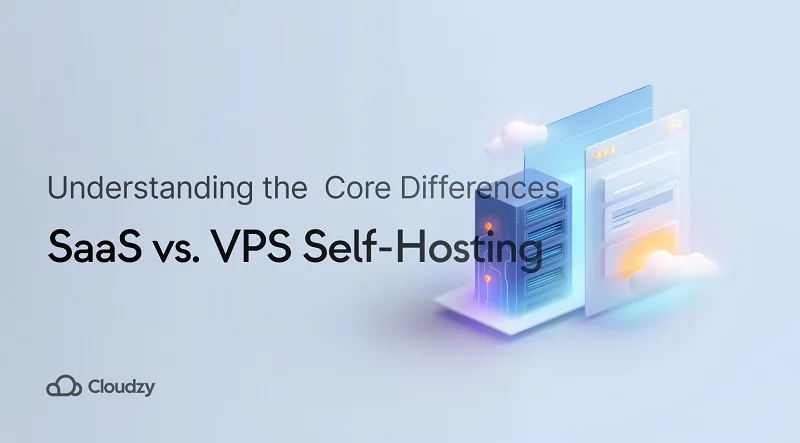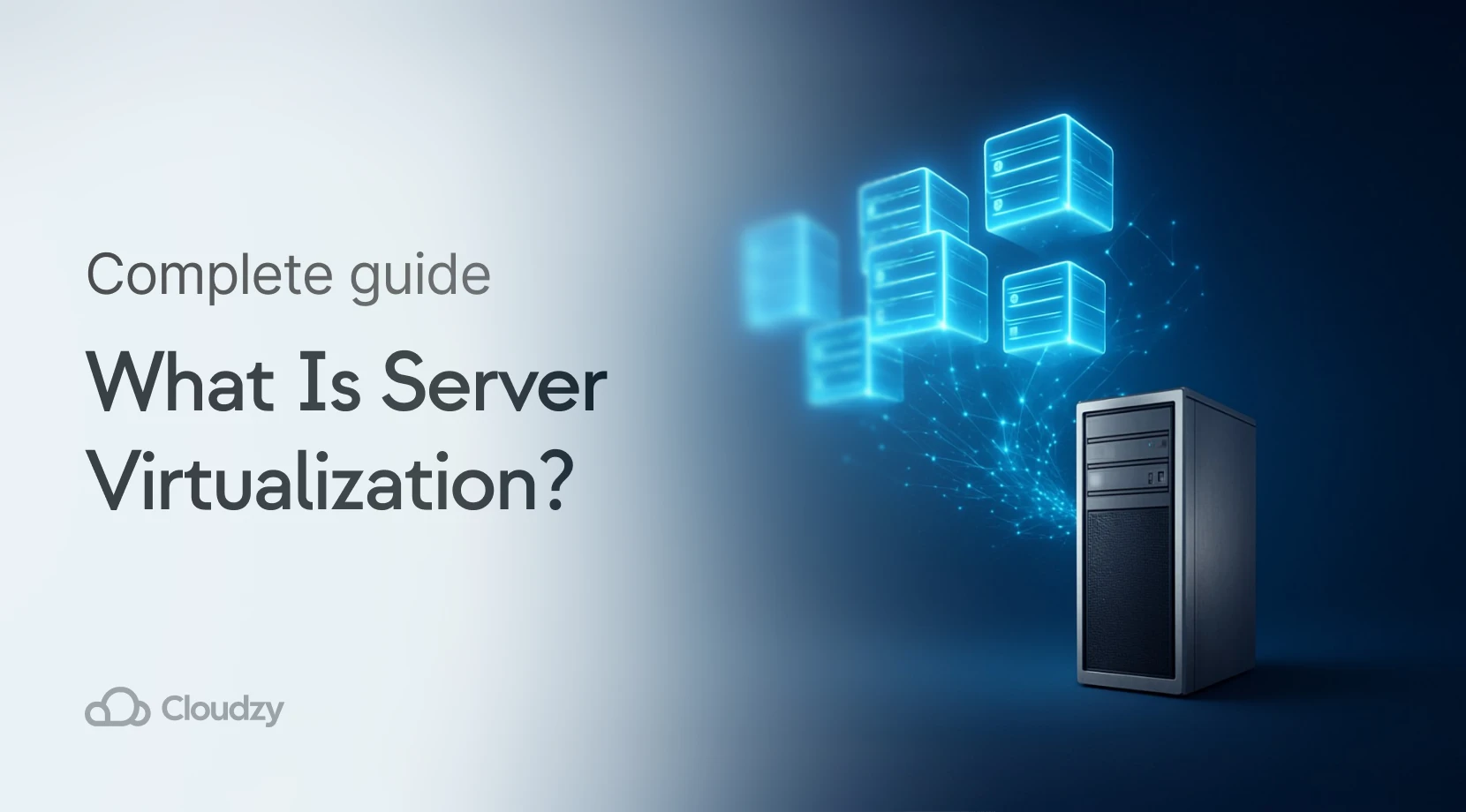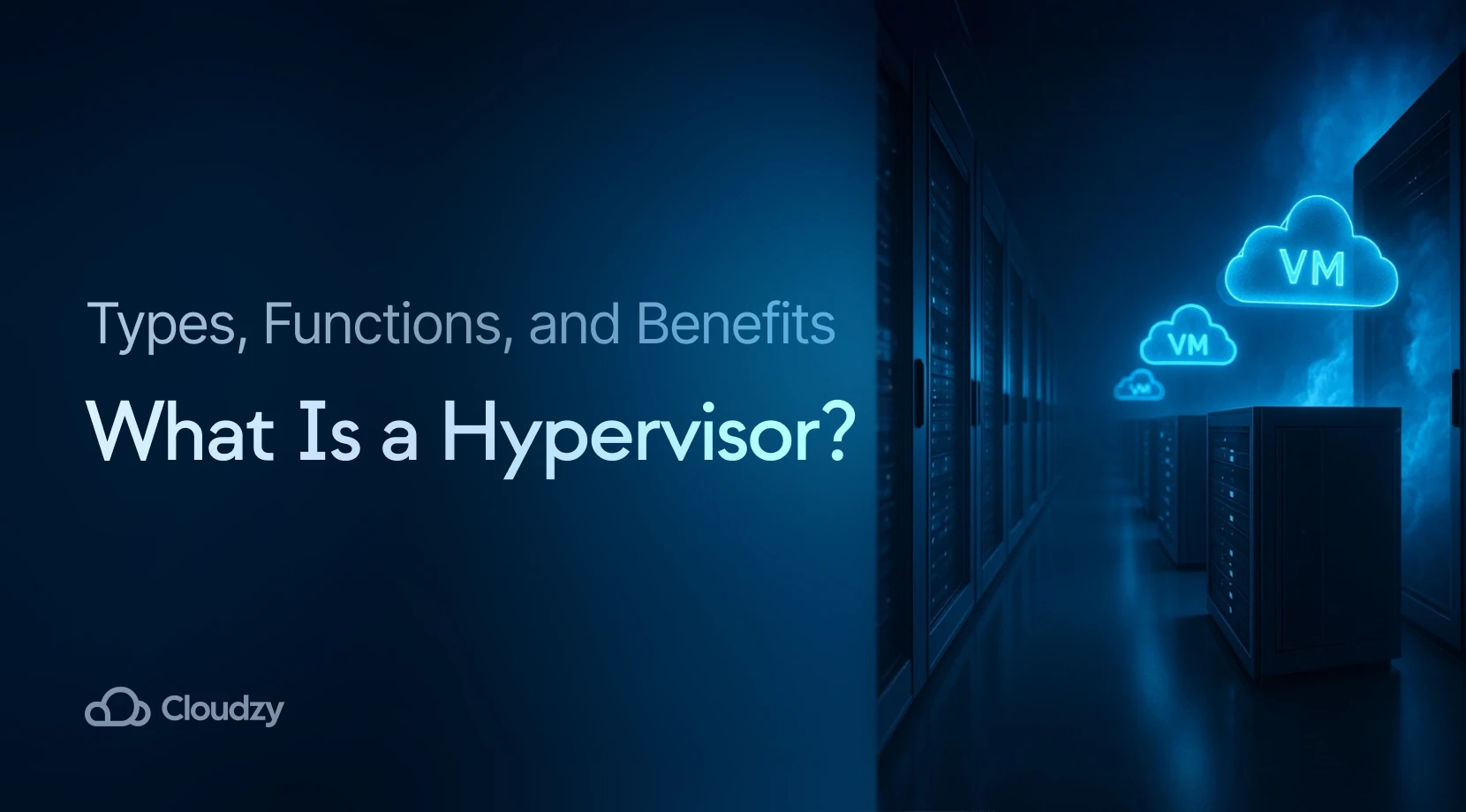SaaS vs. self-hosting is still the first fork in the road for anyone rolling out a new business application hosting plan this year. I’ve watched teams ranging from startup founders to in‑house IT leads wrestle with that decision time and again. The decision sounds binary, yet every team brings its own budget quirks, risk appetite, and growth map to the table. Let’s unpack the trade‑offs with a friendly, no‑nonsense lens so you leave knowing exactly which path supports your next launch.
Understanding the Core Differences: SaaS vs. VPS Self‑Hosting
For instance, imagine a three‑person marketing startup that needs a customer relationship manager today. They swipe a card for a SaaS platform and have leads flowing through dashboards before their coffee cools, never once thinking about patches or load‑balancing.
By contrast, picture a midsized game studio about to ship a real‑time multiplayer title. Its developers need low‑latency edge servers, custom anti‑cheat modules, and GPU‑accelerated instances that no mainstream SaaS vendor offers. Renting a VPS cluster lets them tweak kernel parameters and anchor compute nodes close to their player base without waiting for someone else’s product roadmap.
- Software as a Service (SaaS): the vendor owns the stack and you rent the features.
- Virtual Private Server (VPS) self‑hosting: you rent elastic hardware, install what you need, and tune everything from the kernel to the cache.
- Typical timeline: minutes for SaaS, hours for VPS application hosting, and days for a clean image, with additional days required for deep OS hardening.
Key takeaway: SaaS trades raw control for speed, while a VPS trades speed for configuration depth, and that’s where the benefits of self-hosting VPS really start to shine.
Control & Customization: Where Does VPS Shine?
Flexibility lives here. If SaaS feels like renting a furnished apartment, a VPS is choosing your own floor plan and paint color. That added freedom demands more setup, yet it lets your team weave unique requirements into the stack instead of duct‑taping around vendor limits.
Why teams still pick a VPS in 2025
- You can deploy custom software on VPS that a SaaS vendor would never green‑light.
- OS‑level tweaks let you squeeze every drop of I/O for latency‑sensitive workloads.
- With root access, you can quickly change the fundamentals of your infrastructure—nobody patches kernels faster than a team that owns its uptime.
Hidden perks
- License freedom—drop in open-source alternative apps in your VPS without waiting for marketplace approval.
- Local compliance quirks? A VPS lets you pin data to a preferred region.
- Resource scaling stays predictable; no sudden price jumps at the 501‑user mark.
Those perks illustrate more benefits of self-hosting VPS, and they come up often when people price out the SaaS and VPS self-hosting solutions.
Security & Compliance: Shared Responsibility vs. Full Control
SaaS providers cover the building’s front door: physical hosts, network firewalls, and baseline patches. You, however, still own access policies, data handling, and audit trails. On a VPS, that boundary disappears and you carry the whole stack. Some view that as extra work; others call it peace of mind. I lean toward the latter when control and security saas vs. VPS discussions hit industries with strict data residency rules.
Bullet reminders:
- SaaS = rapid certifications (SOC 2, HIPAA) baked in.
- VPS = tailor‑made encryption, segmented subnets, and custom SIEM hooks.
- Either way, do not forget backups—we cover that in our guide on DraaS vs VPS backup.
Even the slickest cloud app can sprout misconfigurations once teams start tweaking roles, APIs, and sharing links. SaaS Security Posture Management tools scan your tenant for risky settings—think wide‑open file shares or forgotten admin tokens—and surface fixes before auditors do. If you rely on Slack, Google Workspace, or a niche SaaS CRM, adding an SSPM layer turns “shared responsibility” into a straightforward daily checklist.
Scalability: Growing with SaaS vs. Scaling Your VPS
| Metric | SaaS Growth Path | VPS Growth Path |
| First 100 users | Auto‑tiers, no tuning | Add vCPU/RAM sliders on your cloud VPS |
| Traffic spikes | Vendor absorbs, cost may spike | Turn on burst credits or load‑balance multiple nodes |
| Long‑term cost curve | Can climb fast | Hardware savings offset admin time |
Notice how the cost changes shape beyond year one. Short projects love the pay‑as‑you‑go model; long‑running platforms often pivot once the bill eclipses their VPS application hosting estimate.
Ease of Use & Technical Expertise Required
SaaS hides the plumbing. Your non‑technical co‑founder can land a demo by lunch. By contrast, VPS self‑hosting demands at least casual fluency in Linux, containers, and CI/CD pipelines. I usually ask teams three quick questions:
- Do you already maintain any business application hosting in‑house?
- How quickly must new features roll out?
- Who wakes up for 2 a.m. alerts?
If the answers lean toward “Vendor handles it,” SaaS wins the day. If you have Ops talent on speed dial, the benefits of self-hosting VPS outweigh the ramp‑up.
Top Use Cases for SaaS
Sometimes you just need to ship features, not babysit servers. The following scenarios show where a polished SaaS platform often wins on speed and minimized headaches:
- CRM, ERP, and email marketing, where feature velocity beats granular tuning.
- Collaborative suites—think ticket systems or docs—where uptime guarantees trump bespoke plugins.
- Early‑stage startups needing production‑ready business application hosting before their next investor call.
In every case, teams pay a little extra per user because hitting “go live” sooner boosts revenue or productivity right away. A SaaS CRM spun up this morning can capture leads by lunch, and a support portal launched over the weekend can halve ticket backlogs before Monday ends—wins that easily offset the subscription while a DIY VPS is still in setup mode.
When Self‑Hosting on a VPS Is the Smarter Choice
On the other hand, self-hosting VPS can give you a lot of freedom and control over what happens on every level of your digital infrastructure:
- You depend on custom software on VPS (proprietary models, specialty databases).
- Heavy integrations with open-source apps where code freedom equals strategic leverage.
- The roadmap involves strict control and security Saas vs. VPS targets only root access can meet.
Teams hitting these notes commonly transition their VPS application hosting setup into a full production cluster within months.
Checklist: Is SaaS or VPS Self‑Hosting Right for Your Application?
| Question | Lean SaaS | Learn VPS |
| Budget to hire DevOps? | No | Yes |
| Need niche plugins or custom software on vps? | Rarely | Frequently |
| Tolerance for vendor lock‑in | High | Low |
| Priority: fastest launch | ✔︎ | |
| Priority: deepest control and security saas vs VPS | ✔︎ | |
| Acceptable admin overhead | Minimal | Moderate |
| cost of saas vs. VPS after 24 mo. | Higher per user | Lower per resource |
Run through this table with your team, mind the repeated benefits of self-hosting VPS, and keep regional compliance on your radar.
Final Thoughts & Next Steps
Choosing between saas and self-hosting is less about buzzwords and more about candid resource planning. I prefer starting small: prototype in SaaS and migrate to a VPS application hosting stack once growth and feature gaps justify the switch. If you are already juggling tapes or snapshots, our article on uses of cloud computing outlines clever off‑site strategies, and the deep‑dive Cloud Hosting vs VPS piece compares performance tricks.
Learn About Our Secure VPS Backup Solutions before the first invoice shock hits. It keeps your launch story boring in the best possible way.
Need a VPS environment? Our Linux-based VPS plans deliver instant RDP access, NVMe storage, and data centers on four continents. It is ideal when you want self‑hosting freedom without leaving the familiar GUI behind.




One Response
What I found useful in this post was the real-world examples. It’s not just about price, but about how each hosting model supports different growth strategies. A game studio might need all the customization VPS offers, while a startup can get by with SaaS.